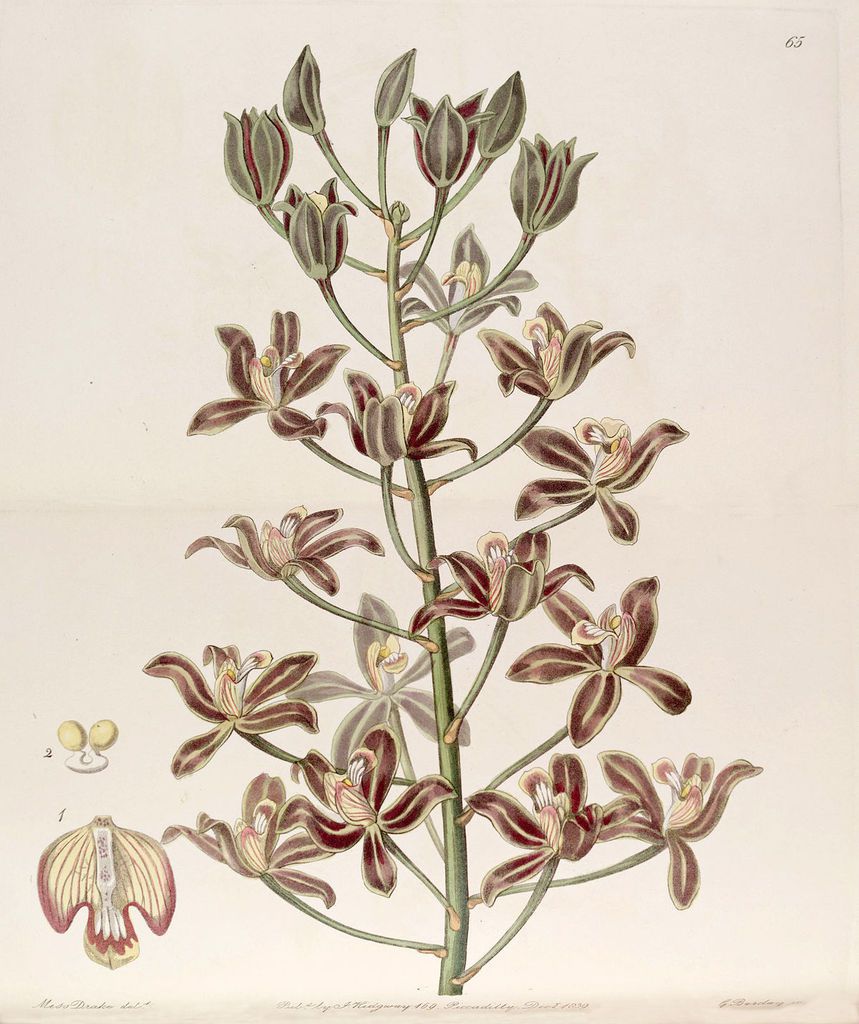
. . . . . . . . . . . . . . . . . . . . . . .............................................................................................. .......................... ............ ....................... . Education ........... ............................... ......................
August 5 2017
There are some flowers such as the orchid,

The Grammatophyllum multiflorum retains their freshness for up to nine months in a greenhouse.
But the question is why? Why do some flowers live longer than others?
The answer is a combination of many factors put together a
All flowers share a common purpose, which is to attract pollinators.
The flower needs to decide when and how long to keep it's individual blossoms open in order to achieve fertilization.
The flower uses up a lot of its energy in producing a flower and loses a lot of its retained water de to the environment.
It really all depends on the climate.
In warm sunny places the rates of photosynthesis is high but moisture could be in short supply due to the heat.
Therefore it may be easier on the plant to make new flowers rather than keeping the ones it has making the life of the flower shorter.
Also in this type of climate the insect population is in abundance and therefore the flowers can be pollinated.
In cooler weather both the rate of photosynthesis due to less sunlight and water loss are decreased and therefore it may be more economical for the flowers to maintain existing flowers rather than create new ones.
Now scientist wanted to know how and when plants decide to make flowers.
It is important for a flower to open at certain times again due to climate and to when pollinators are most active.
They noticed that certain types of plants would all have different clocks as to when they are going to bloom or not.
Some scientists took some plants and tried to figure out what their clock worked like because they found that this certain type of plant often got stuck in the frost before it could produce it's seeds.
So these scientist took plants of the same nature and concluded that these other types grew until they reached a certain size and age, but the plant that they were working with stopped growing only if the days shortened to a critical length.
They then artificially gave the plants long nights of seventeen hours and short days of seven hours.
This resulted in the plant seeding and even producing flowers.
It was now obvious that the length of sunlight affected the plant. T
hey concluded that these plants were measuring day length and by sensing whether it was light or dark.
Now they started to notice that other plants also exhibited this response
. They have to have day length requirements for flowering even though the length varies with latitude and lifestyle.
To sense the light these plants use molecules called photoreceptors, some known as phytochromes were discovered four decades ago.
They are most sensitive to wavelengths in the red portion of the electromagnetic spectrum.